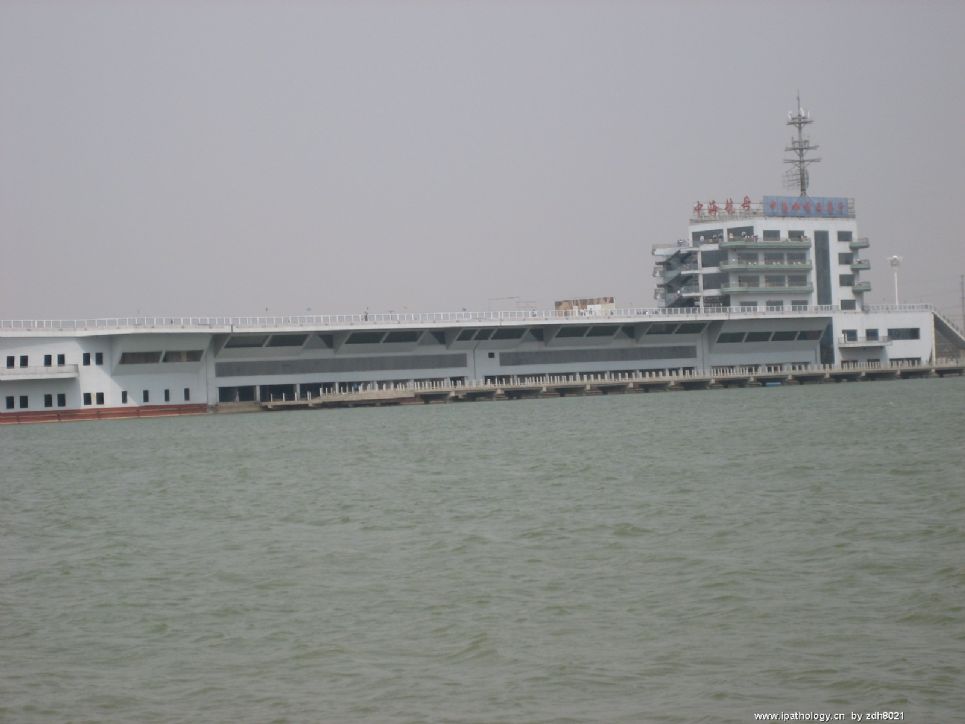| 图片: | |
|---|---|
| 名称: | |
| 描述: | |
- 前列腺病变大家看看是什么病呀?(已确诊)
-
本帖最后由 于 2010-03-12 08:38:00 编辑
看到一篇文章
Basal cell carcinoma of the prostate : A clinicopathologic study of 29 cases
ALI Tehmina Z. ; EPSTEIN Jonathan I.
The American journal of surgical pathology,
2007, vol. 31, 697-705
29 cases of basal cell carcinoma of the prostate including what others call
adenoid cystic carcinoma of the prostate.
Patients' age ranged from 42 to 89 (mean 69) years.
24 (86%) cases showed more than 1 pattern: adenoid cysticlike (AC-P) pattern
and small solid nests with peripheral palisading were the most predominant
patterns, each seen in 18 cases (64%). Other patterns included: basal cell
hyperplasialike in 9 cases (32%); small tubules occasionally lined by a hyaline
rim in 9 cases (32%), with 4 of these cases also demonstrating intermingling
cords of cells; and large solid nests in 8 cases (28.5%), 5 of which had
central necrosis. Fourteen cases of small nests and tubules were centrally
lined by eosinophilic cells. Desmoplasia was noted in 20 (71%) cases.
Infiltration around benign glands was seen in 10 (36%) cases, with
predominantly small nests and AC-P. Invasion of thick muscle bundles of the
bladder neck was seen in 10 of 21 TURP cases. Perineural invasion was noted in
3 cases with AC-P and 1 case of small basaloid nests. Perineural and vascular invasion
was seen in 2 basal cell carcinomas with large basaloid nests.
Mitoses ranged from 0 to 60/10 hpf (mean = 4) (极少核分裂).
bcl2 was diffusely positive in 22/ 24 (92%) cases (这不奇怪,BCL2在正常的基底细胞就是阳性).
Ki67 ranged from 2% to 80% (mean = 23%). Ki67 > 20% was seen in 13 (56.5%)
cases, including all patterns except small solid nests.
Basal cell markers (HMWCK, p63) either: (1) highlighted multiple layers of
cells in 15/25 (60%) cases with sparing of the inner most luminal layer; (2)
labeled just the outermost layers in 6/25 (24%) cases; or (3) reacted with only
a few scattered cells in 4/25 (16%) cases (3 with large solid nests with
central necrosis, 1 with tubules and cords). Seven patients had RP with: 5/7
showing extraprostatic extension with 1/5 also showing seminal vesicle
involvement and 2/5 also with a positive margin; 1/7 having organ confined
disease; and 1/7 showing no residual disease. An additional 11 cases showed
extraprostatic extension on TURP with bladder neck invasion (n = 10) or
periprostatic adipose tissue invasion (n = 1). Of 29 (65.5%) cases,
(预后较前列腺癌为好)19 had follow-up
> 1year with a mean of 4.3 years (1 to 19 y). Of 19 (77%) cases, 14 had no
evidence of disease after 1 to 19 (mean 5.8) years. Of 19 patients, 4 locally
recurred with 2 after TURP, 1 after enucleation, and 1 after RP. Metastases
developed in 4/29 patients:
Basal cell carcinomas are rare tumors with a broad morphologic spectrum. These
tumors predominantly show an indolent course with local infiltrative behavior.
A small subset behaves aggressively with local recurrences and distant
metastases.
The most common morphology among those with an aggressive behavior is large
solid nests more often with central necrosis, high Ki67%, and less staining
with basal cell markers.

- 管中窥豹,一叶知秋!




























